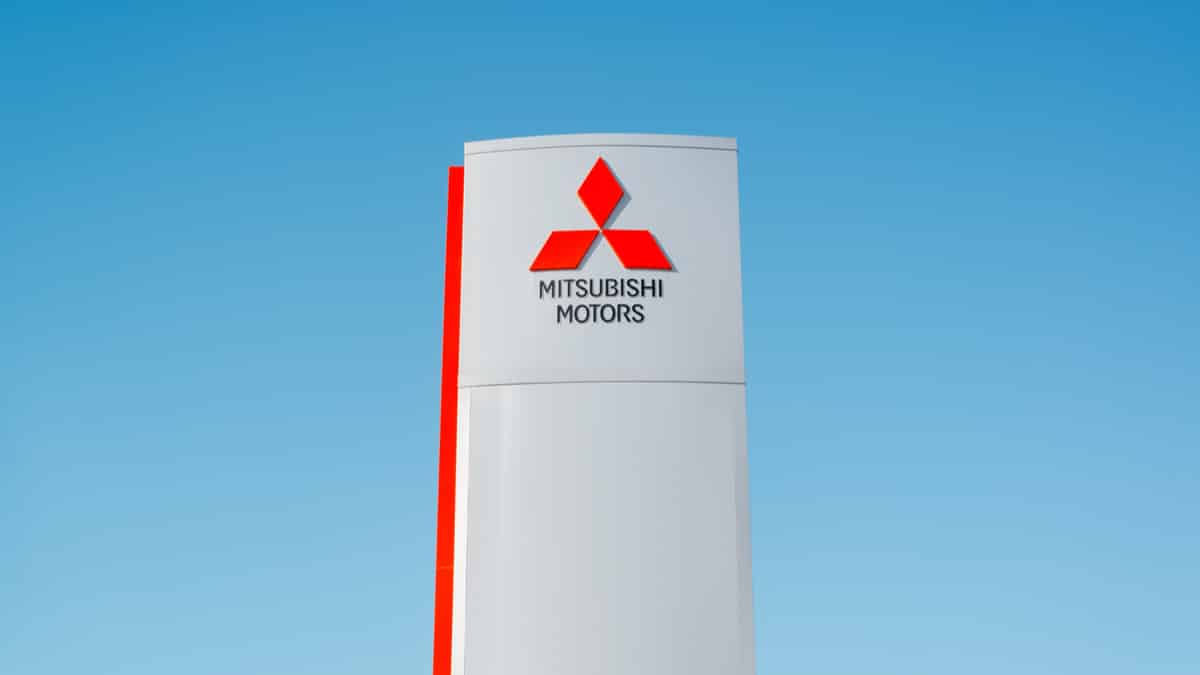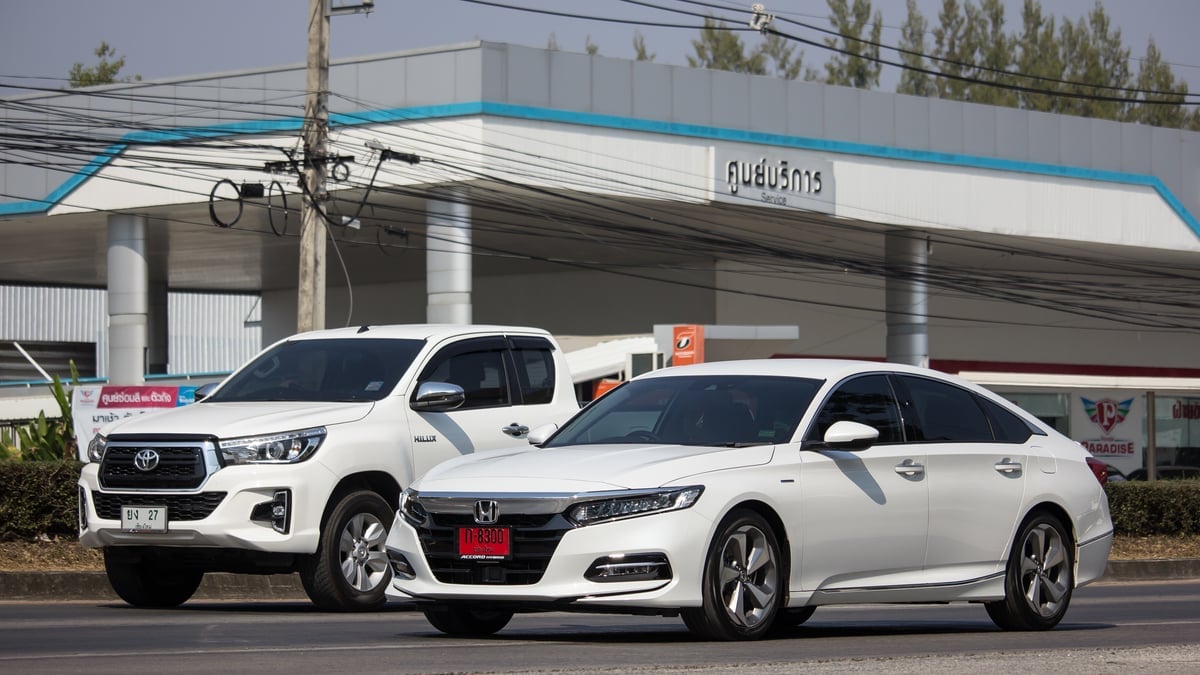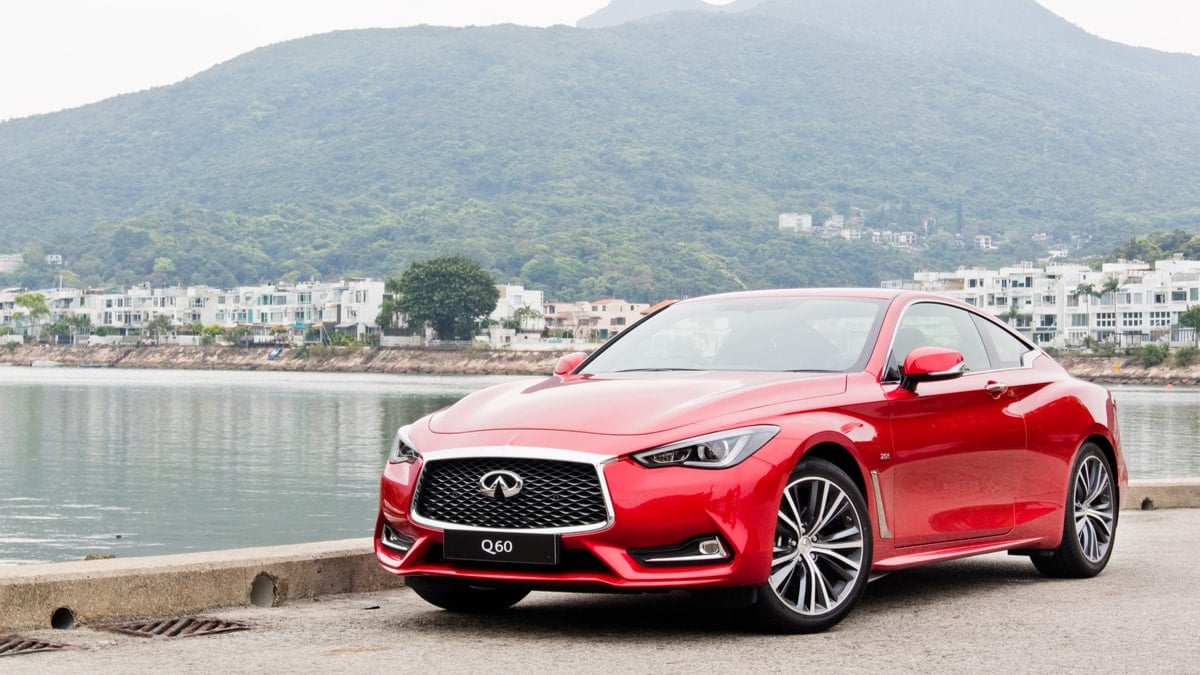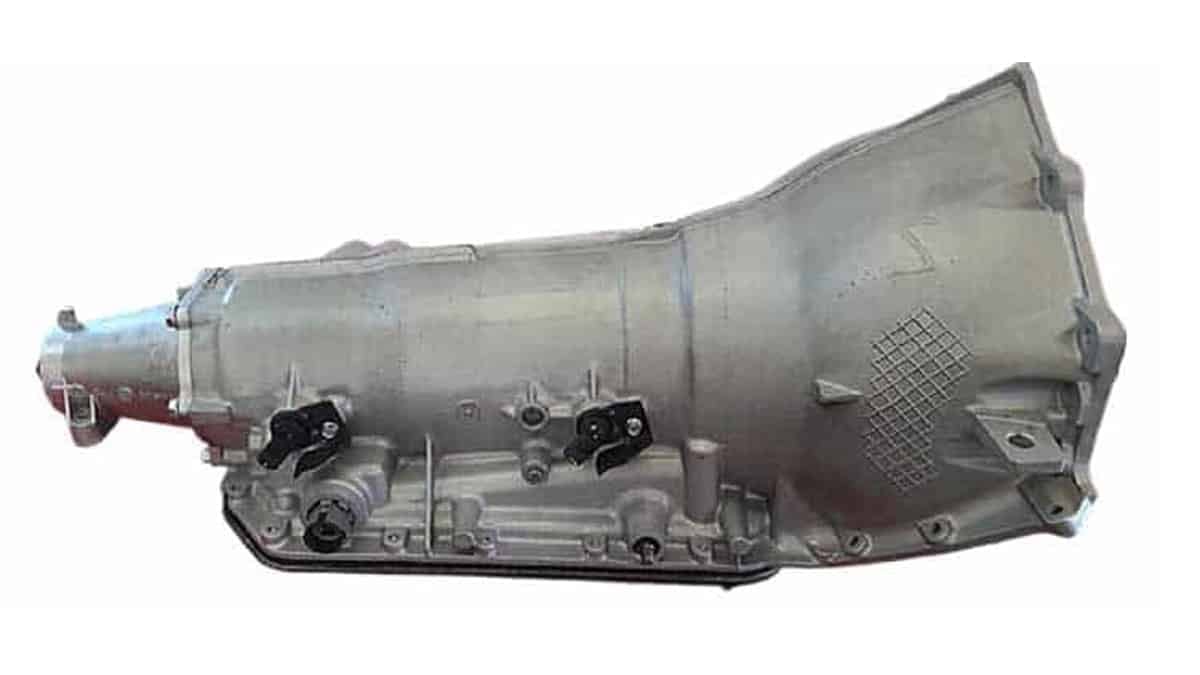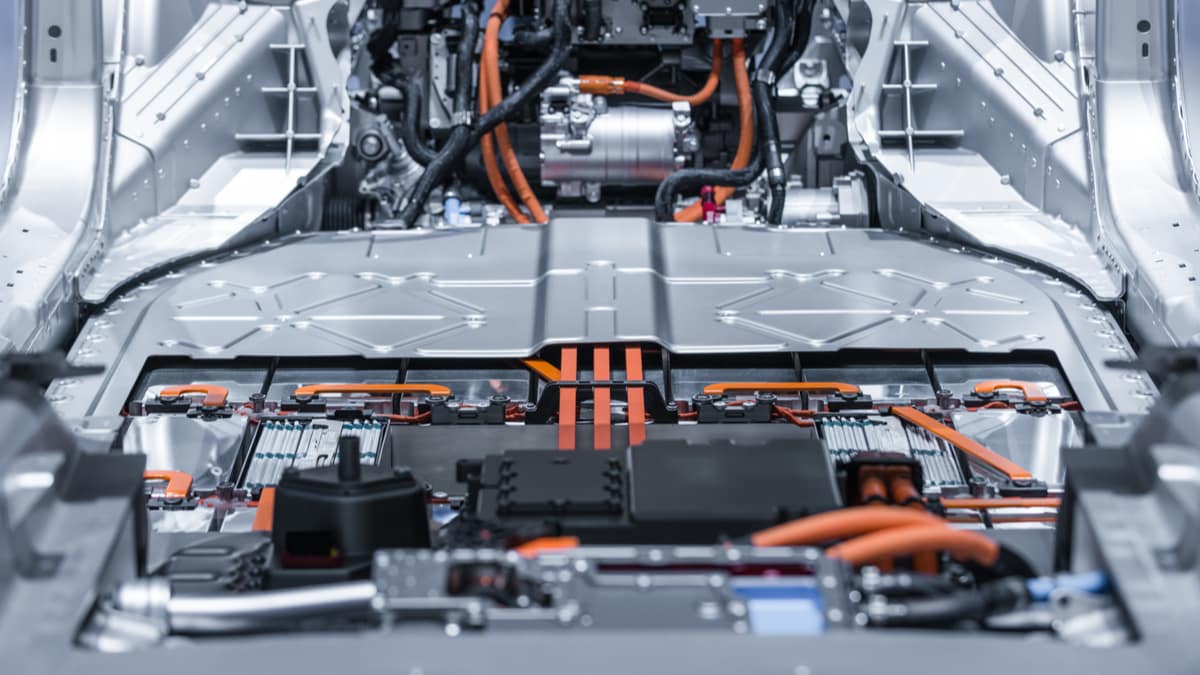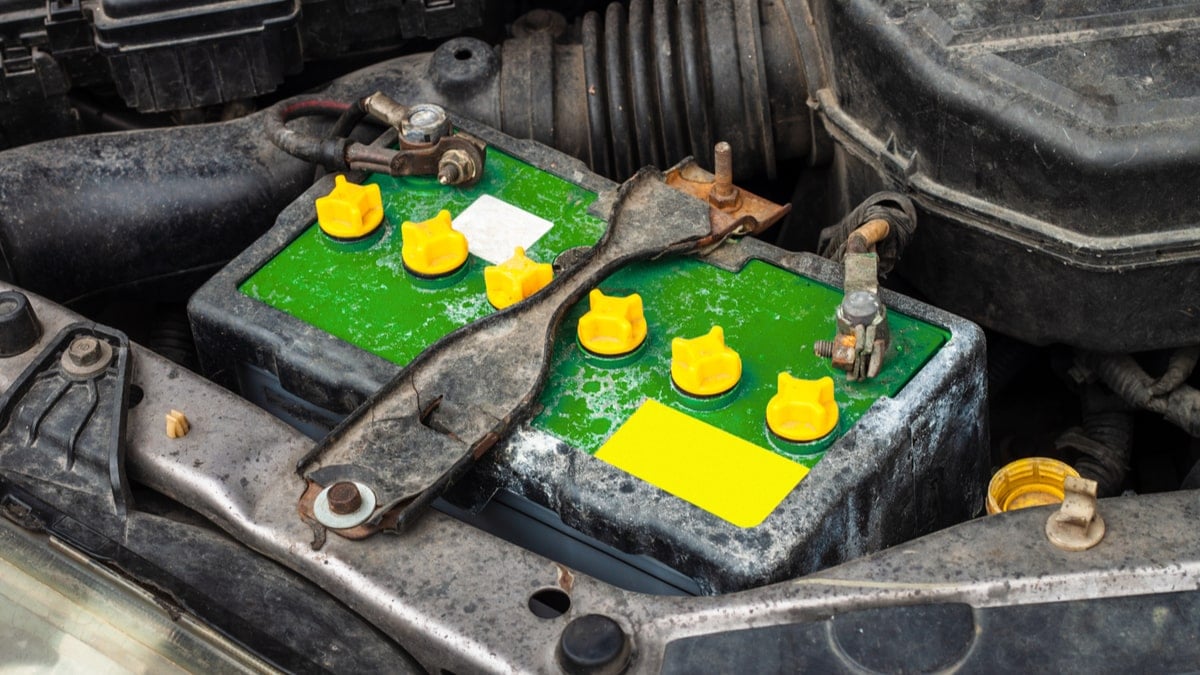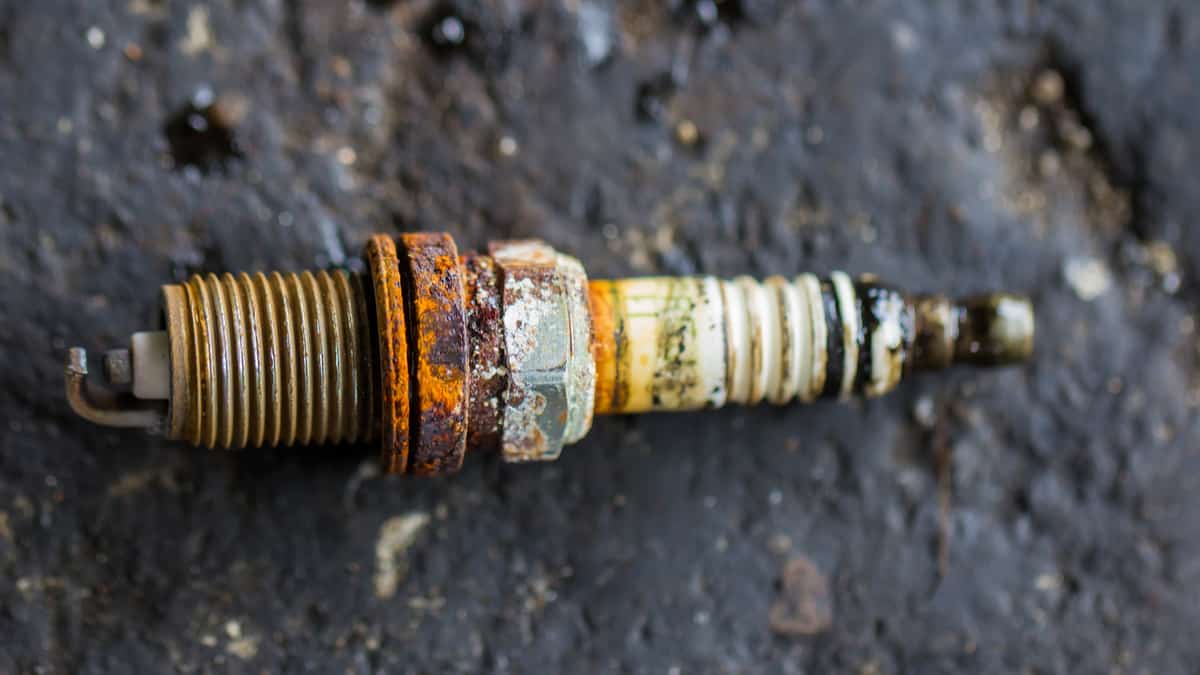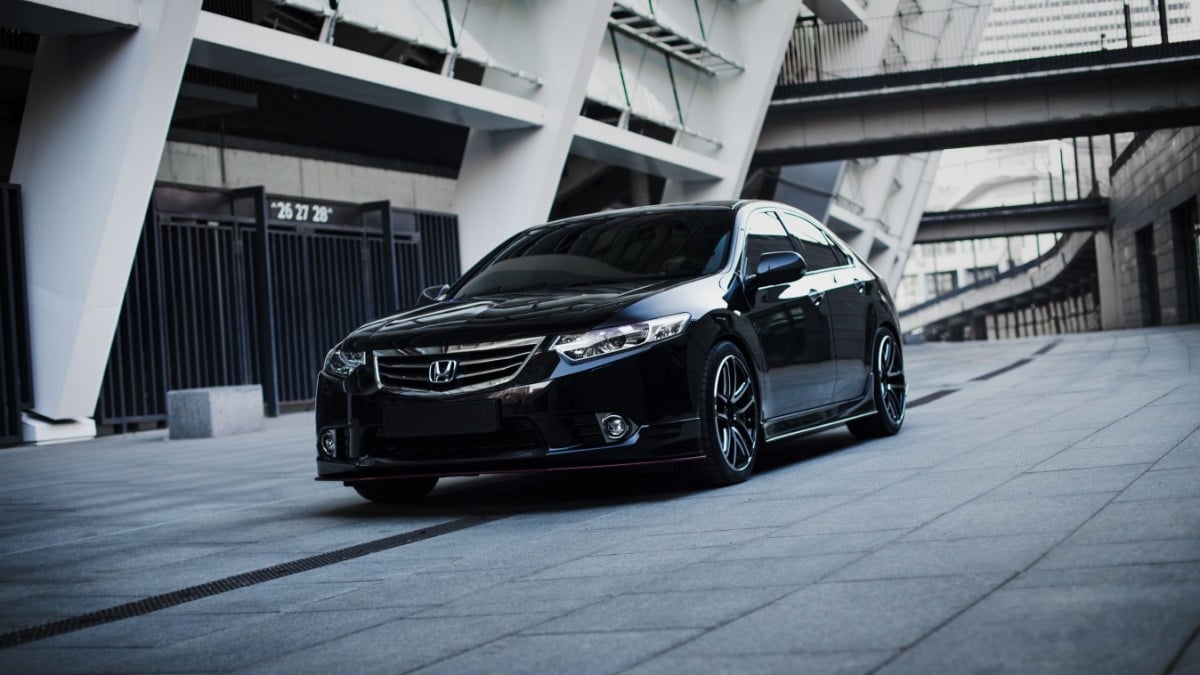If you have been shopping for a new vehicle, you might see the letters CVT next to the transmission specs. CVT stands for continuously variable transmission, and it is a newer configuration in modern vehicles.
However, you might have also heard that CVTs aren’t as reliable as the conventional automatic transmission, leading you to ask – how long do CVT transmissions last?
I look at the CVT design and discuss how it works. I will also show you the average lifespan and list a few automakers that install a better CVT than others.
How Long Do CVT Transmissions Last?
In a late-model vehicle, you can expect the CVT to last more than 100,000 miles. However, the older CVTs – especially some of the first designs – might not be as reliable. CVT transmissions have no set lifespan, and there are several factors that determine the average lifespan.
These affordable transmissions have become more reliable over the years as the design has been tweaked and perfected.
With automakers investing more money into CVT technology, we expect the lifespan to continue to grow over the next few years. By following any maintenance recommendations in the owner’s manual, you can help the CVT last longer.
What is a CVT Transmission?
The CVT (continuously variable transmission) is a form of automatic transmission containing an unspecified amount of gear ratios. In the conventional automatic transmission, you have a fixed number of gears, such as four gears on a four-speed or six gears with a six-speed transmission. The CVT contains any combination of gears based on the limits in the programming.
The CVT is programmed to shift like regular automatic transmissions, but there is actually no shifting happening at all. When ratios change, the process is seamless and can happen while under engine load. This operation creates a smoother power delivery, similar to what is found in an electric vehicle.
For people accustomed to driving with a manual transmission, having a CVT can feel like the clutch is slipping when the gas is pushed. It’s most noticeable when at full throttle. Whenever the accelerator is floored, the engine speed jumps rapidly and remains high. This is a normal operation for CVTs, but it tends to cause some alarm in drivers that aren’t used to this operation.
RELATED: CVT vs Automatic Transmission – Differences, Pros & Cons
How Does a CVT Work?
CVTs come in many types. One of the most popular utilizes two conical pulleys combined with a belt or chain connecting them. When the cones move farther apart or closer together, the hypothetical gear of the pulley also changes.
Nissan and some other automakers use a toroidal CVT. This design is intended for higher torque applications, similar to the need for an RWD sports car. The toroidal CVT moves two rollers transmitting torque among two disks. When the rollers rotate, the conical disks also spin at varying speeds.
Toyota uses a CVT design that has a traditional first gear but transitions into the CVT operation after upshifting one time. You will find this design in the Corolla Hatchback models.
Aside from these, you might also come across magnetic or hydrostatic CVTs, using magnets or fluids to transfer the torque appropriately. However, these designs are less common.
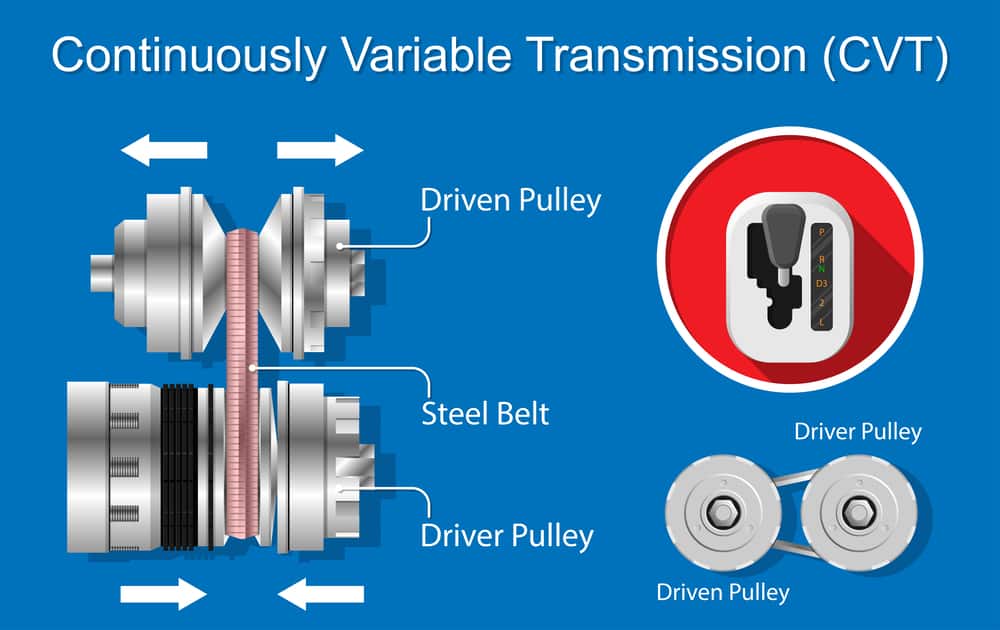
Are CVT Transmissions Reliable?
The CVT transmission is generally quite reliable, but it depends on the car model and transmission type. Modern CVT transmissions have become quite reliable, but older models had some problems. Still, classic automatic transmissions are usually more reliable than CVT.
1. Toyota
If you want a reliable CVT, it makes sense to look at the Toyota brand. After all, the company is regularly rated as one of the most reliable, mainly because it doesn’t use new technology without thoroughly testing it.
Toyota is known for making one of the best CVTs on the market. In fact, some Prius models have lasted more than 300,000 miles.
2. Honda
Honda is another automaker that is regarded as reliable. With that said, sometimes the manufacturer jumps the gun and uses new technology that has some bugs.
However, if you were to purchase a 10th generation Civic equipped with a CVT and 1.8-liter turbo engine, you would find plenty of acceleration and reliability. In fact, these models are rated as some of the best on the road.
3. Subaru
The CVT installed in Subaru vehicles is meant to create better fuel economy, and it does just that. However, Subaru owners like to go off-road and have adventures, but the CVT might not be meant for that kind of action.
CVTs don’t hold as much torque as the typical manual or automatic transmission. It’s going to overheat if pushed too hard, leading to reliability issues.
4. Mitsubishi
People flock to the Mitsubishi lineup because of the low cost. If you need a budget-friendly vehicle, Mitsubishi will be at the top of your list.
With that said, you also get what you pay for. The CVTs in this lineup are not built like the others and likely won’t last as long. It’s recommended to do your research and know what you are getting into before you drive a Mitsubishi.
5. Nissan
Prior to using the CVT, Nissan had a stellar reputation. However, the older CVT models have left a lot to be desired. In fact, many of the first CVTs commonly failed at 80,000 miles.
As time has gone on, Nissan has increased the reliability of the CVT construction. Still, you might want to wait a little bit longer for perfection.
Is a Transmission Fluid Flush Necessary with a CVT?
The majority of manufacturers do not recommend a CVT transmission flush as part of regular maintenance. Many automakers claim that the CVT fluid is meant to last for the life of the vehicle.
If you rack up a lot of miles on the vehicle or you notice a leak, you might choose to have service anyway. I recommend having a professional look at it if you notice burnt fluid or particles contaminating it, or if the vehicle is getting older.
Categories: Transmission






